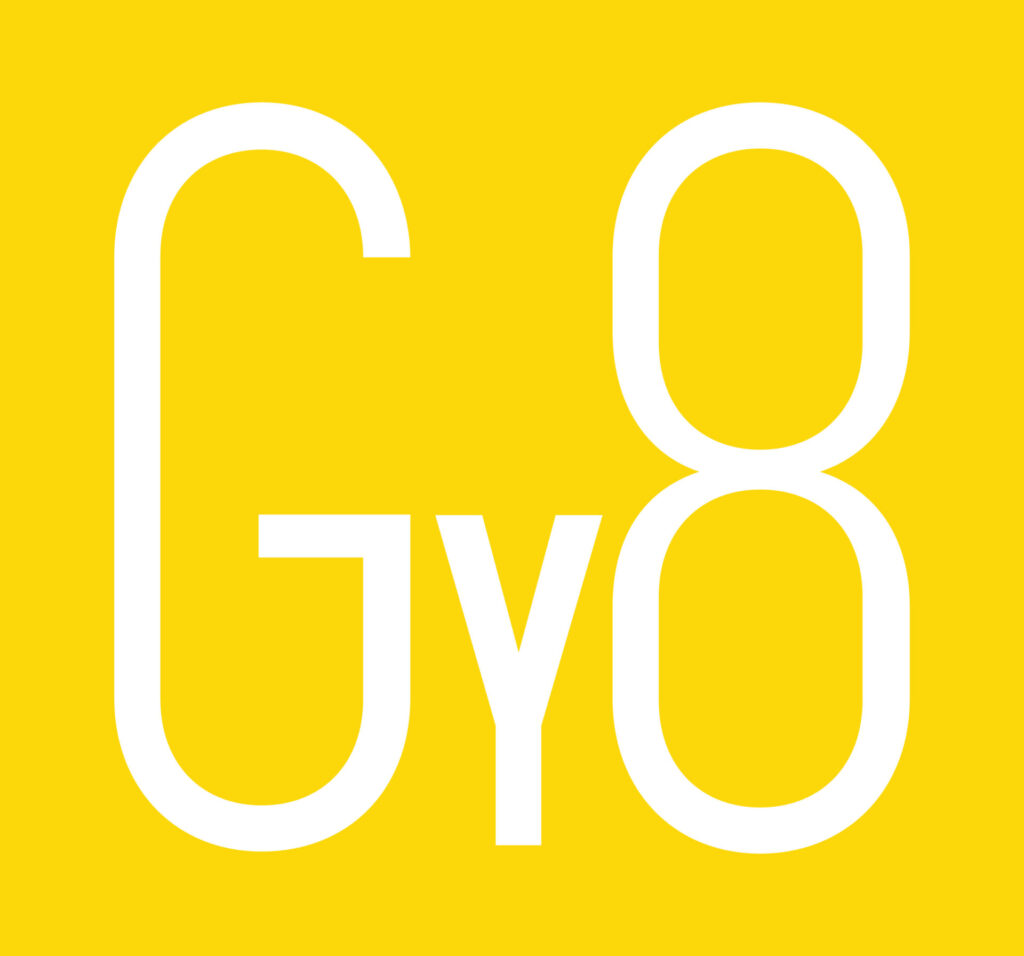
From there I moved to become the National Sales Manager at Transparent Audio Marketing and then on to Sumiko, working with the existing product line (cartridges and the later SME and Sumiko tonearms). I ultimately became a partner and we established the distribution arm (for REL, Sonus Faber and Vienna Acoustics amongst others). The important thing was that at Sumiko I came into direct contact with manufacturing, which was a whole new range of experience. I was there for over 12-years.
RG. One of the things that Sumiko did was develop and train dealers in the so-called Sumiko Masters Set-Up Procedure. Some people suggest that what you are doing now is just a simple extension of that…
ST. That was John Hunter and me. One brand we represented was OCOS speaker cables and in order to demonstrate them we had to make the speakers we were using in-store sound good, in order to make the wires sound good. We developed this two-handed set-up procedure where I would move the speaker and he would listen, while I also gave feedback from the speaker position itself. We also started to look at what we would now call infrastructure stuff, working with the system set-up to make sure that wasn’t messing stuff up. We ended up selling a lot of OCOS, not because of how good it sounded, but because of how good the system sounded by the time we’d finished. The Sumiko protocol developed from there.
What I do now obviously starts from the same place – a set of speakers that could sound better and I guess you could draw a developmental line from what we were doing then to what I do now, but that’s mainly because I’m the common thread. How I work now, the process, the techniques I use and the thinking and the experience that inform them, are a world away from that time and the Sumiko system. They both involve me and a pair of speakers, but that’s pretty much where the similarity ends.
RG. What happened after Sumiko?
ST. Because the partnership at Sumiko ultimately failed, I think I floundered a bit. I wasn’t sure what I wanted to do so I started a distribution company called Quartet Marketing Group, representing T+A and Amphion loudspeakers. Then 2008 hit, I had a lot of inventory in the marketplace and I just couldn’t withstand the cashflow pressures that created, so I had to shut the company down. I worked for a while with Spiral Groove but I was still looking for my niche and, talking to people, doing set-up for companies at shows, it finally dawned on me that I should look at set-up as a service rather than just an additional, necessary task.
RG.You’ve been doing this for a while now and you’ve evolved an effective process to achieve the best results. But when and how does that process start? What are the elements that allow for a great result? What do you need from your client before you even arrive?
ST. I need to know them. To get to know them, their musical tastes, what they’re looking for. That normally means talking on the ‘phone, often more than once and for some considerable time. The better I understand them, the more targeted a result I can achieve. It’s important that I understand them as a person, as a music lover, as an audiophile – what their expectations are. For example, if I have a client who is a very, very seasoned audiophile, but all he listens to is his audio system, never experiences live music, whether that’s in a theatre setting, a stadium, a concert hall, live jazz… if they never experience (or don’t recall) what live music is like and the way it impacts your whole body, they’ll have very different expectations as regards their system. That doesn’t make them a better or worse listener, but it does make their perspective and priorities different to a listener who hears a lot of live music, or one who only listens to one musical genre. It should shape their system: it certainly shapes the direction in which I take it.

